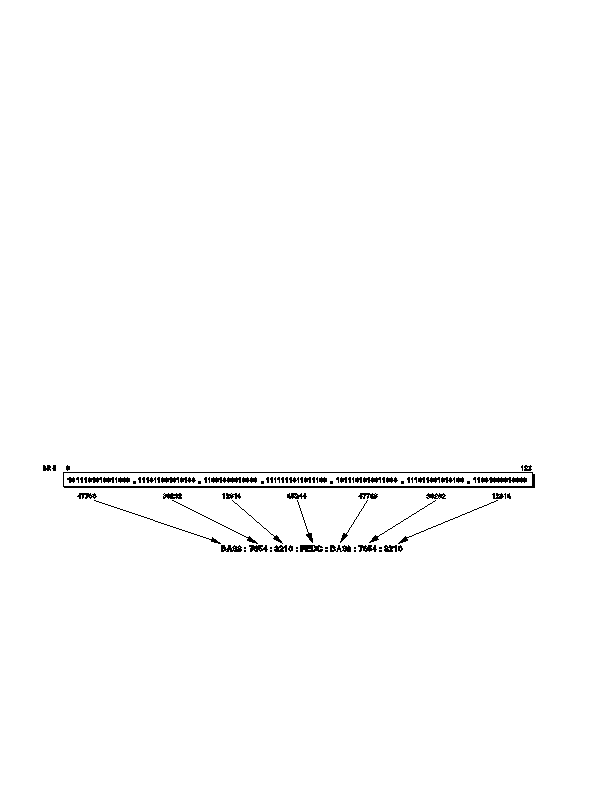
IPv6 Resolves IPv4 Issues
With the growth of the Internet and its possible extension to additional
devices, such as TVs, toasters, and coffee makers, all IPv4 solutions pro
posed for scaling the Internet address space will only delay the
inevitable. There are just not enough IPv4 addresses. The IETF has pro
duced a comprehensive set of specifications to define what is commonly
known as the next generation IP protocol ( IPng or IPv6 ). IPv6
eliminates the need for VLSM, CIDR, and much more.
Introduction to IPv6 Addressing
IPv6 increases the IP address size from 32 bits to 128 bits to support
more levels of the addressing hierarchy, a much greater number of
addressable nodes, and simpler auto configuration. IPv6 supports
approximately 340,282,366,920,938,463,463,374,607,431,768,211,456
possible IP addresses. IPv6 text representation is very different from
IPv4. The address form can be written three ways (preferred, com
pressed, and mixed) and it offers three different types of addresses (uni
cast, anycast, and multicast).
The preferred form is the full IPv6 address in hexadecimal values which
is X:X:X:X:X:X:X:X, where each X refers to a four digit hexadecimal inte
ger (16 bits). Each digit consists of four bits, each integer consists of
four digits, and each address consists of eight integers which totals 128
bits (4 x 4 x 8 = 128). A colon must be included to separate each inte
ger. Note that the integers are hexadecimal integers and the letters A
through F represent the numbers 10 through 15. Figure 36 depicts a full
hexadecimal to binary IPv6 address.
F I G U R E 3 6 . H e x i d e c i m a l t o B i n a r y C o n v e r s i o n
The compressed form substitutes zero strings with double colons (::) to
compress the zeros. This method replaces zeros only when they fill a
complete 16 bit group, and the double colon can be used only once in
any given address. The double colon can also be used to compress the
leading or trailing zeros in an address. For example address
1080:0:0:0:8:800:200C:417A could be represented as
1080::8:800:200C:417A. In addition to replacing the zeros that complete
a 16 bit group, all zeroes that are to the left of a given 16 bit expression
may be left out. Table 4 shows the compressed form of some IPv6
addresses using the double colon.
4 3
footer
Our web partners:
Inexpensive
Web Hosting
Jsp Web Hosting
Jsp Web Hosting
Cheapest Web Hosting
Java Web Hosting
Quality Web Templates
Dreamweaver Web Templates
Frontpage Web Templates
Jsp Web Hosting
Cheapest Hosting
Cheapest Web Hosting
Java Web Hosting
Tomcat Web Hosting
Quality Web Hosting
Best Web Hosting
Java Web Hosting
Visionwebhosting.net Business web hosting division of Vision Web Hosting Inc.. All rights reserved

